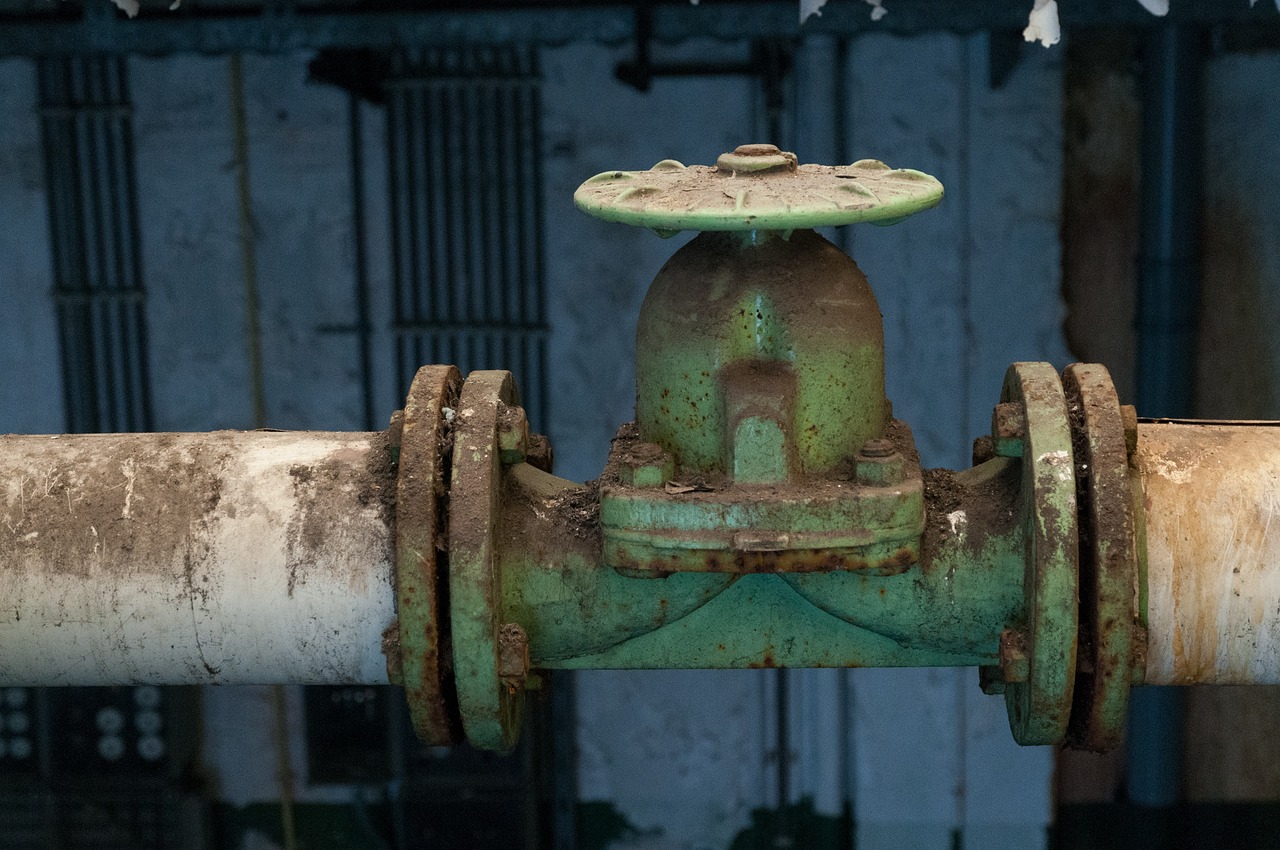
Photo by PatternPictures on Pixabay https://pixabay.com/photos/pipeline-industrial-industry-urbex-1128813/
Sewer infrastructure is one of the most important networks for modern society. These often lay hidden beneath our feet. Yet their responsibilities are crucial to our way of life. With their hidden locations and heavy use, it makes sense that these lines will experience wear and tear. To avoid collapses, cracks, leaks, and other issues, sewer rehabilitation solutions are a must.
That is where CIPP, or cured in place pipe, comes in. This emerging technology allows for rehabilitation and repairs to these systems without significant disruption or downtime. Learn more below!
Understanding the Challenge
When you think of a sewer line, what do you picture? Something hidden well beneath the depths of the buildings and streets. Maybe you picture cavernous systems accessible through manholes. Truthfully, these are all correct.
Sewer lines run deep beneath the ground, hidden out of sight. Because of that, access to them has always been complex. For so long, digging and excavation were required. That is typically no longer the case.
In addition to location, we have to consider things like aging materials. Because of placement, they are rarely maintained until there is an issue. Things like tree roots, ground movement, soil erosion, and corrosion all lead to pipeline deterioration. This requires repair and rehabilitation.
With traditional methods, there are high costs, major disruption, and other repairs that must be completed after the sewer line is fixed.
Introducing CIPP for Sewer Rehabilitation
The good news is that we are no longer tied to these solutions. Thanks to innovative technology, there is a shift in the paradigm. Trenchless technology was originally developed in the 1970s. It has continued to improve since then.
All these decades later, we have a better understanding of efficiency, safety, use, and cost-effectiveness. CIPP will rehabilitate your sewer pipelines with ease. And it gets rid of most of those challenges we mentioned above, too.
CIPP uses a liner with a resinous coating. The liner is inserted into the pipeline and then cured to harden. It’s seamless and long-lasting.
The Advantages of CIPP
We’ve shared the basics, so now let’s get into the nitty-gritty. There are many advantages to this type of solution. It’s meant to be quick, reliable, and effective.
These are the major benefits:
- Minimal disruption
- Cost-effective
- Durable
- Versatile
Minimal Disruption
When you use CIPP, you minimize disruption in many ways. Locations don’t have to worry about closed roads or business downtime. Plus, you don’t disturb the ground with the heavy equipment and trenching.
Cost-Effective
CIPP materials sometimes get a bad reputation. The material cost is more than traditional pipeline materials. However, you eliminate the need for long hours of labor and heavy machinery. The result? You actually reduce your costs now and in the future.
Durable
CIPP materials are highly durable. They are built to last. Once the material cures and hardens, it’s going to hold up for 50+ years. CIPP is seamless as well. This reduces the risks of leaks, cracks, and other phenomena when the liner is in place.
Versatile
These solutions are highly versatile. CIPP can be used for any type of pipeline and all pipe materials. You can use it on pipelines as small as 3 inches in diameter. On the same note, you can use it for pipelines up to 60 inches in diameter. This material can meet all of your needs.
Advanced Pipe Repair Can Provide for Your Sewer Rehabilitation Needs
CIPP is quickly becoming one of the top solutions for pipeline rehabilitation. It’s reliable and efficient. Plus, you get to reduce downtime and extensive excavation. When you consider the benefits, it’s simply a no-brainer.
Let Advanced Pipe Repair be your go-to provider for pipeline repairs and rehabilitation. Contact us today, and let’s discuss your pipeline needs!
